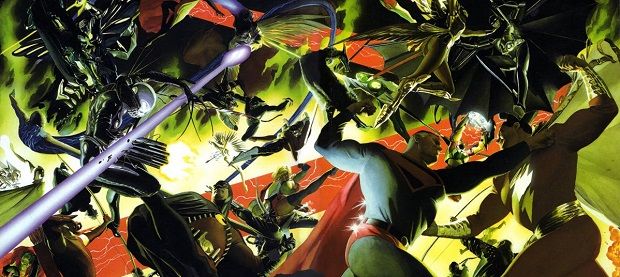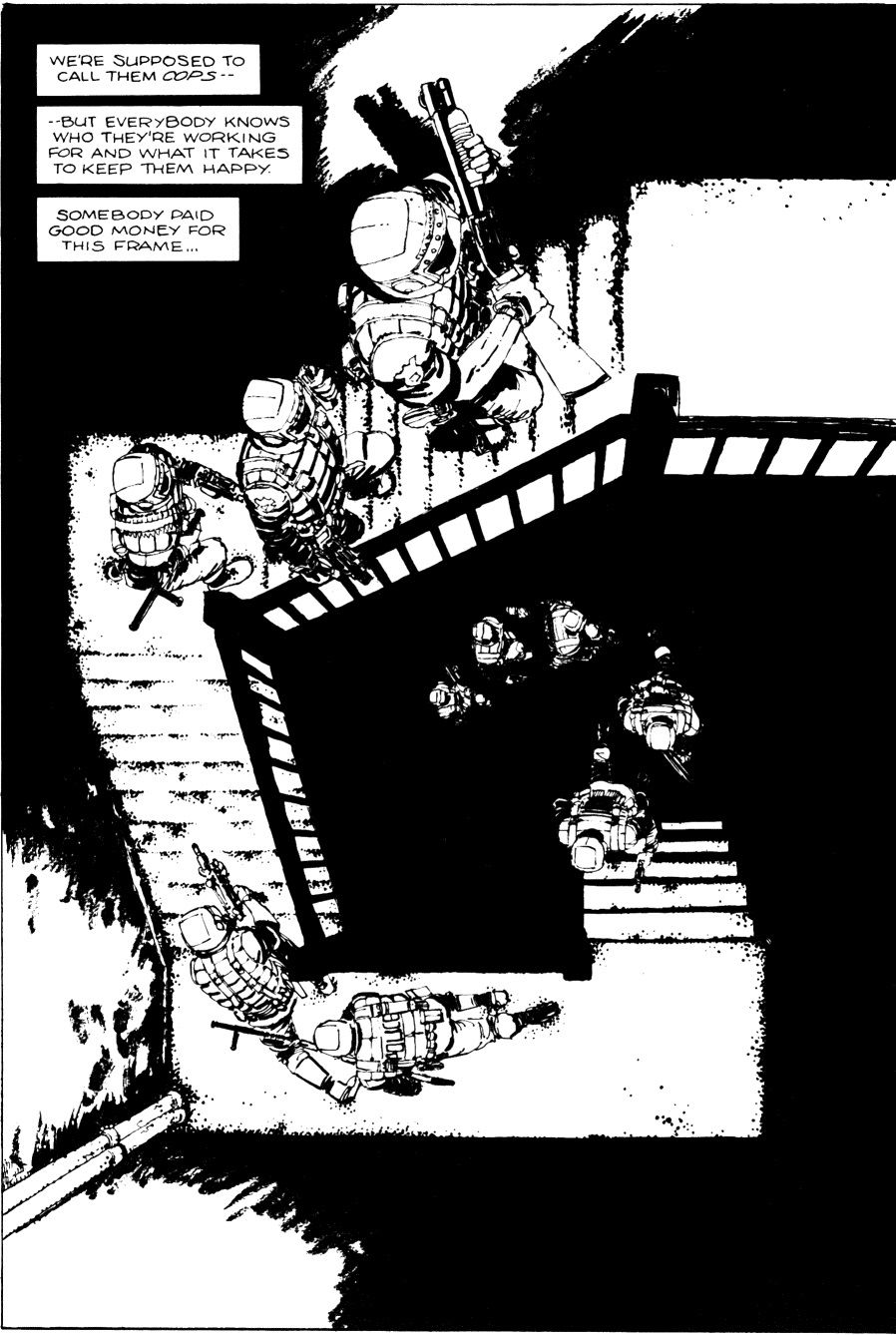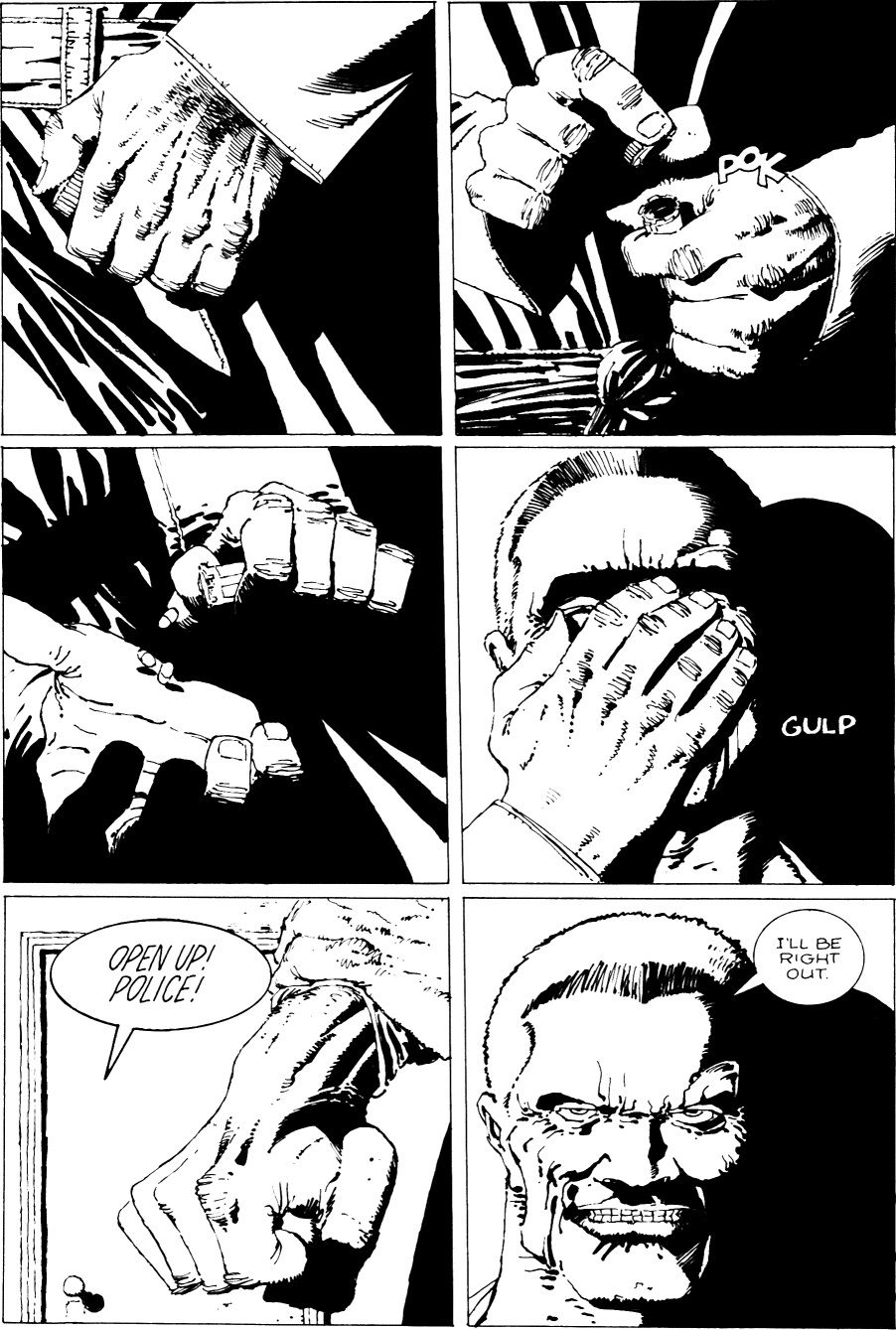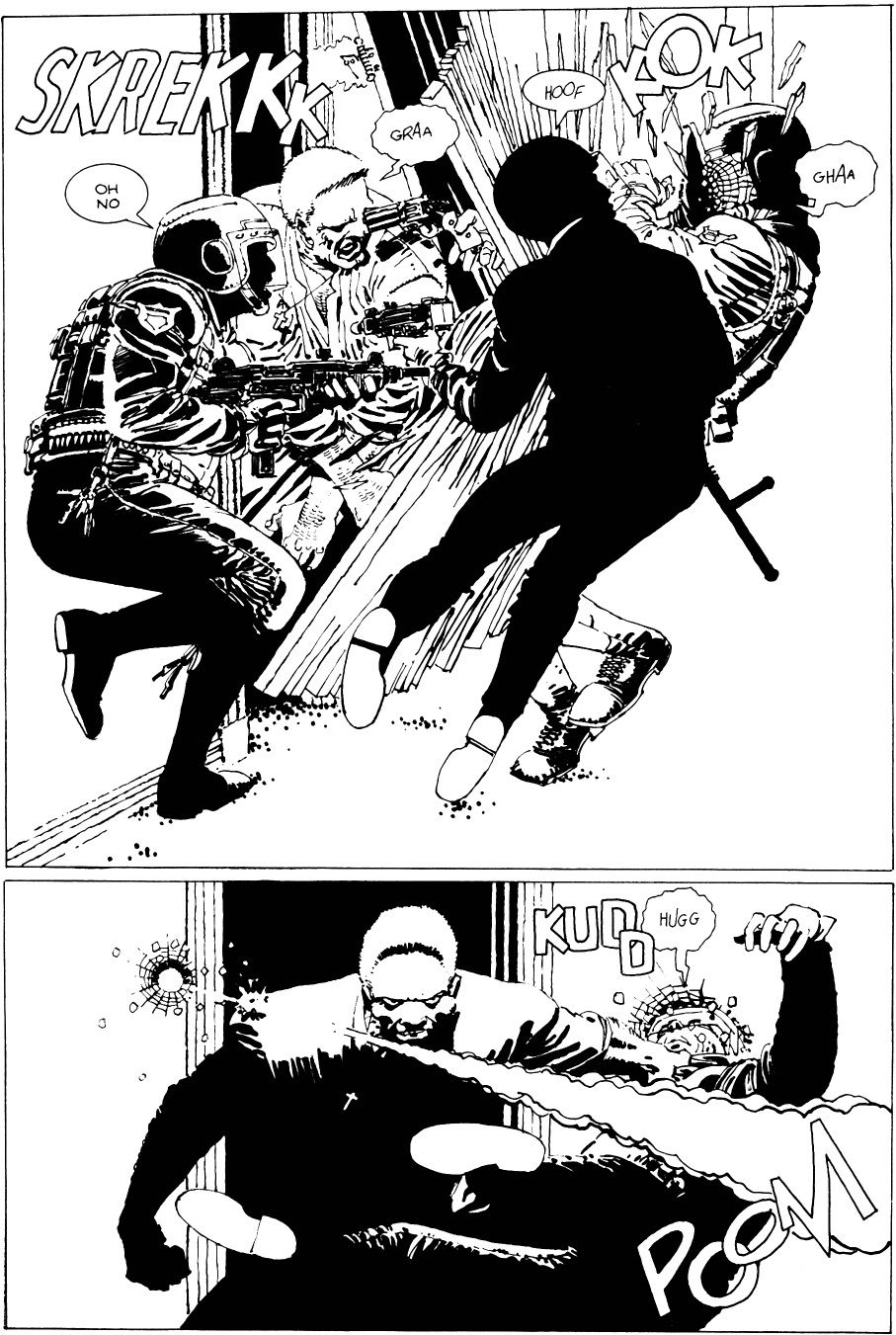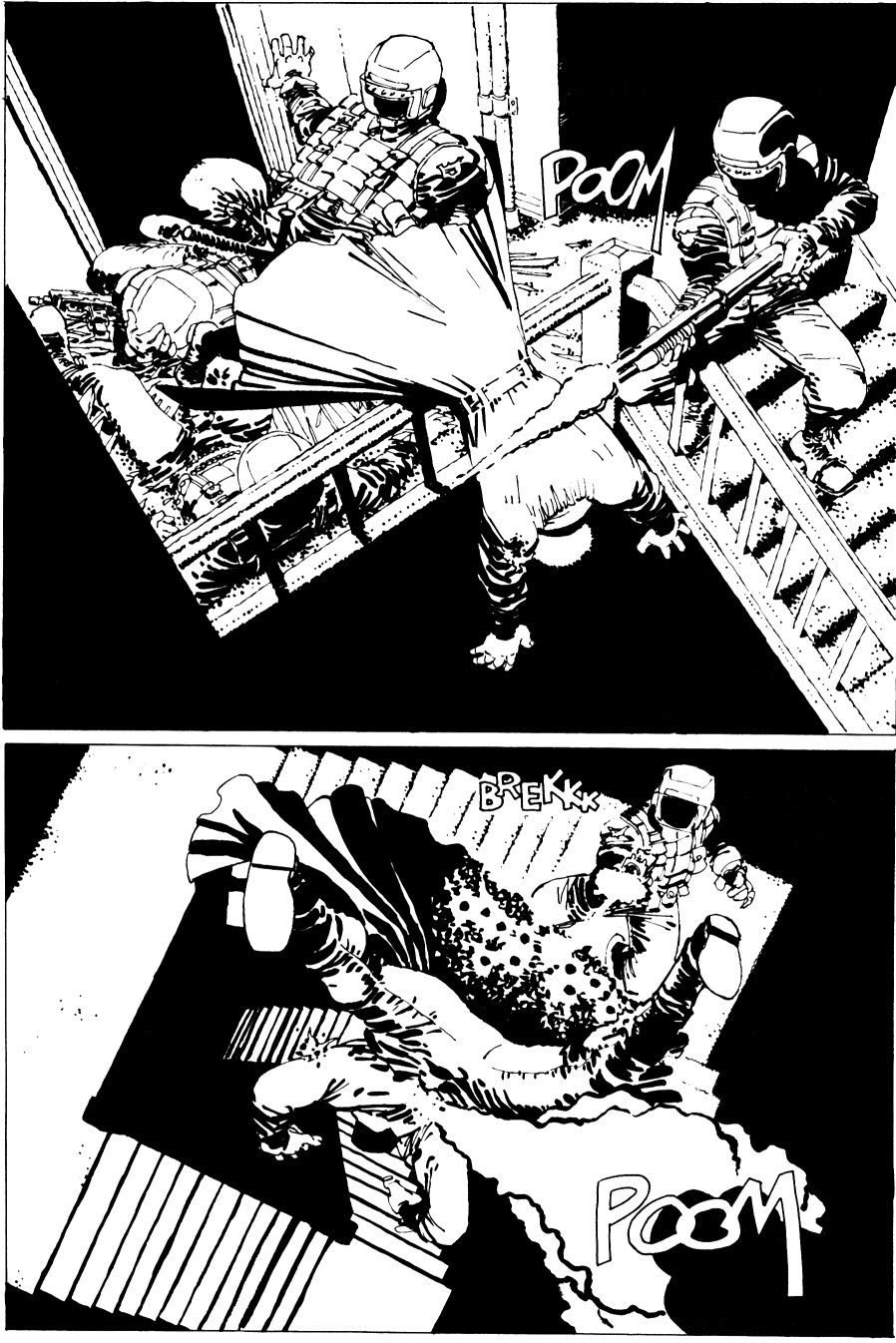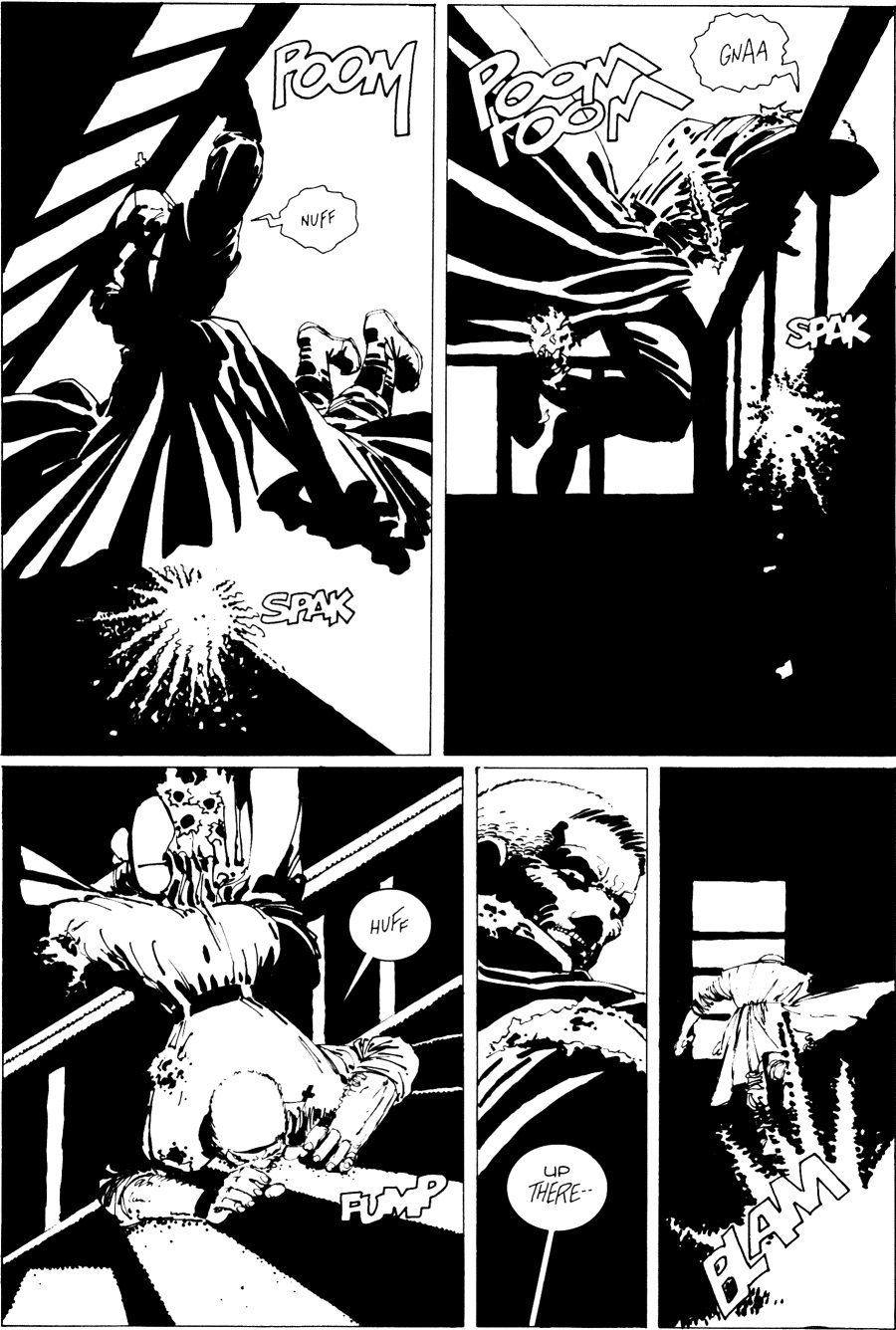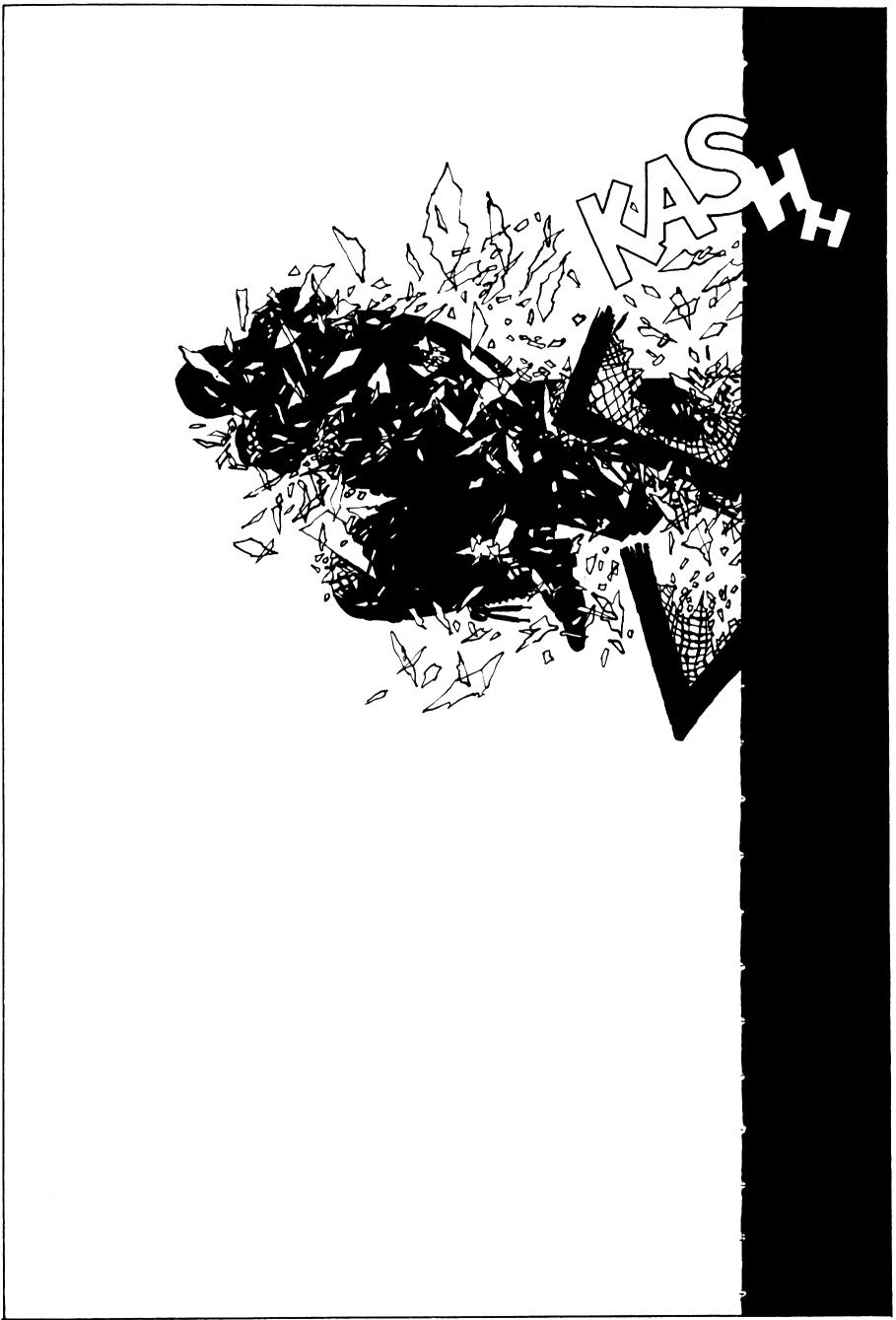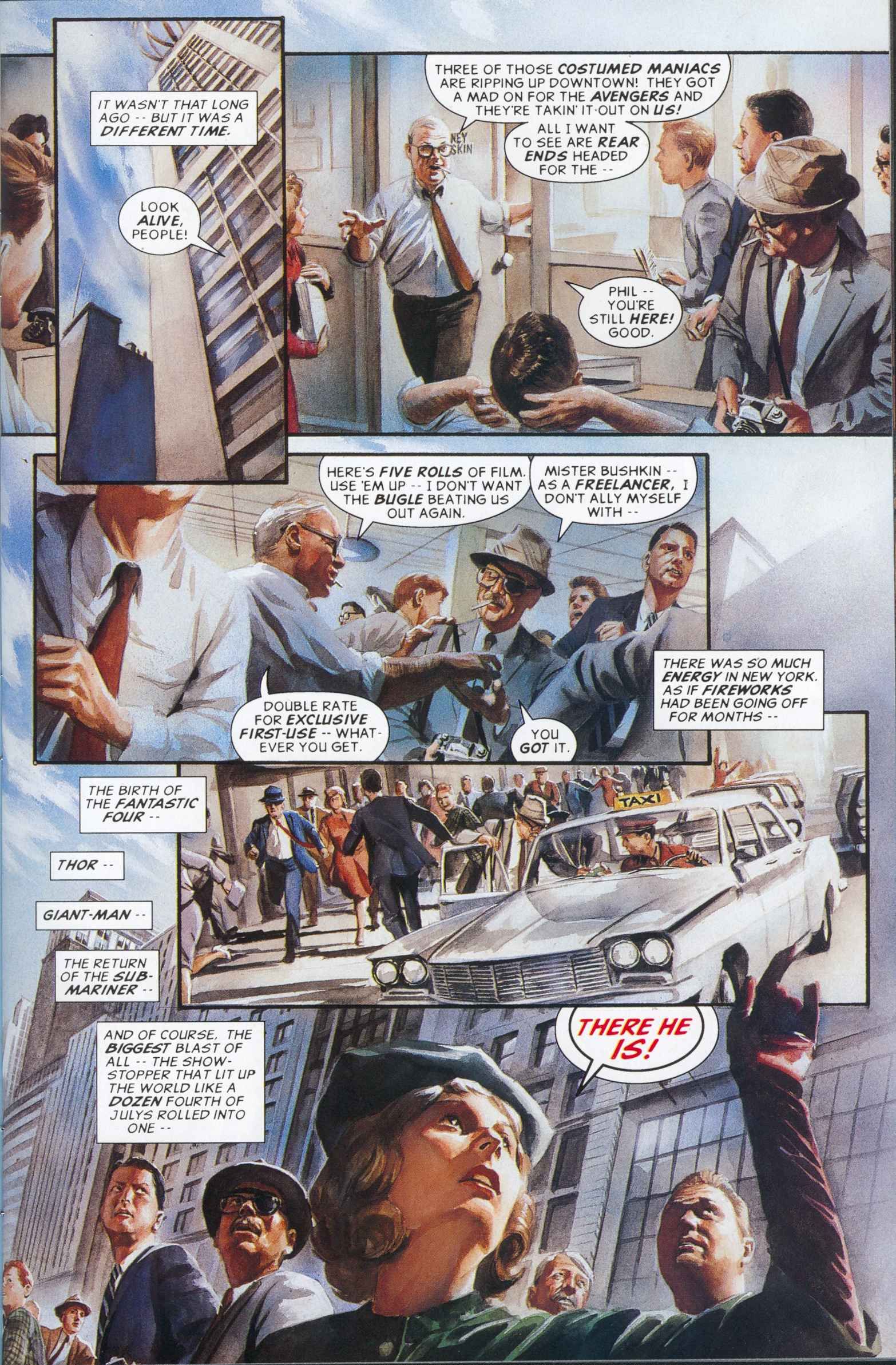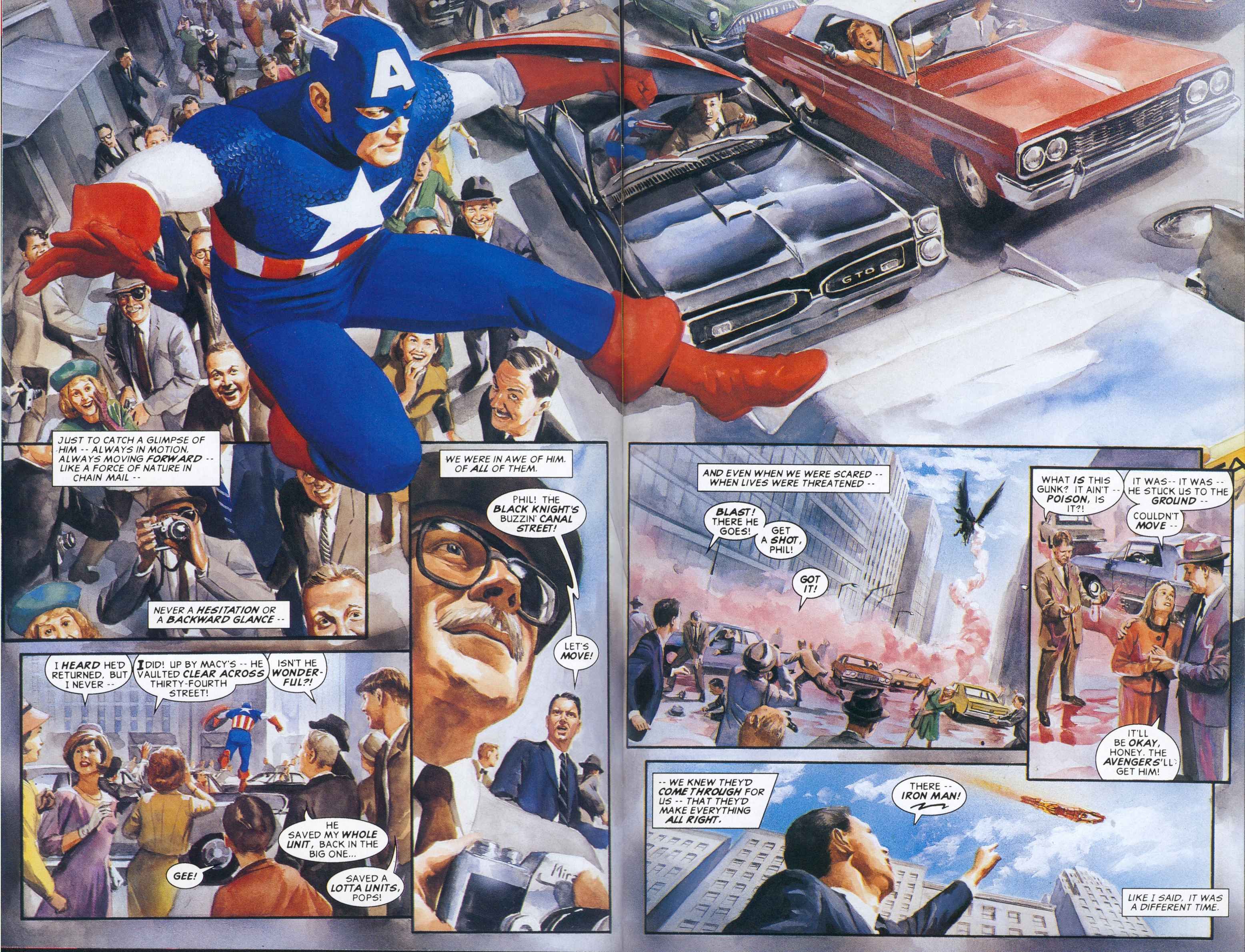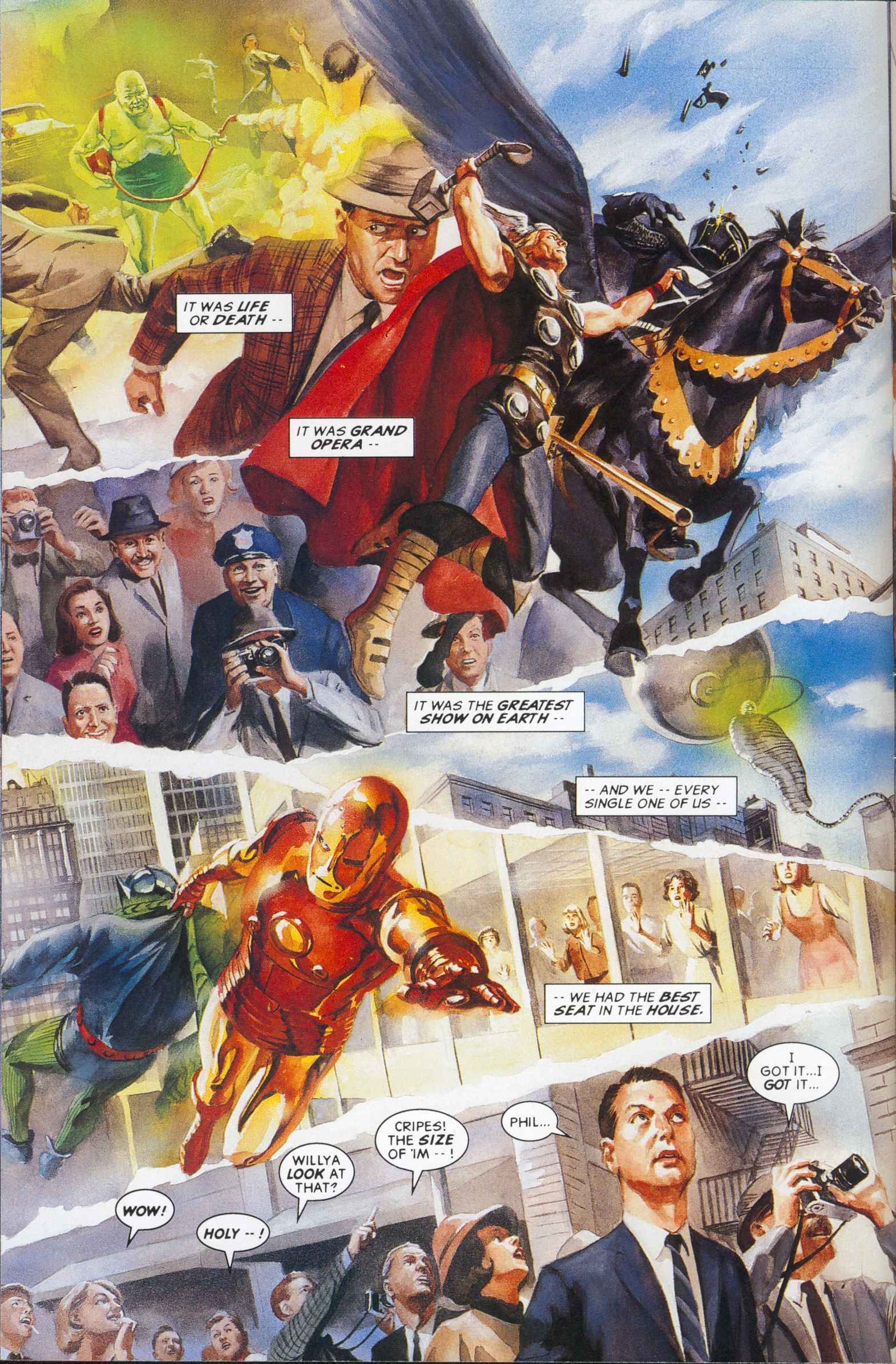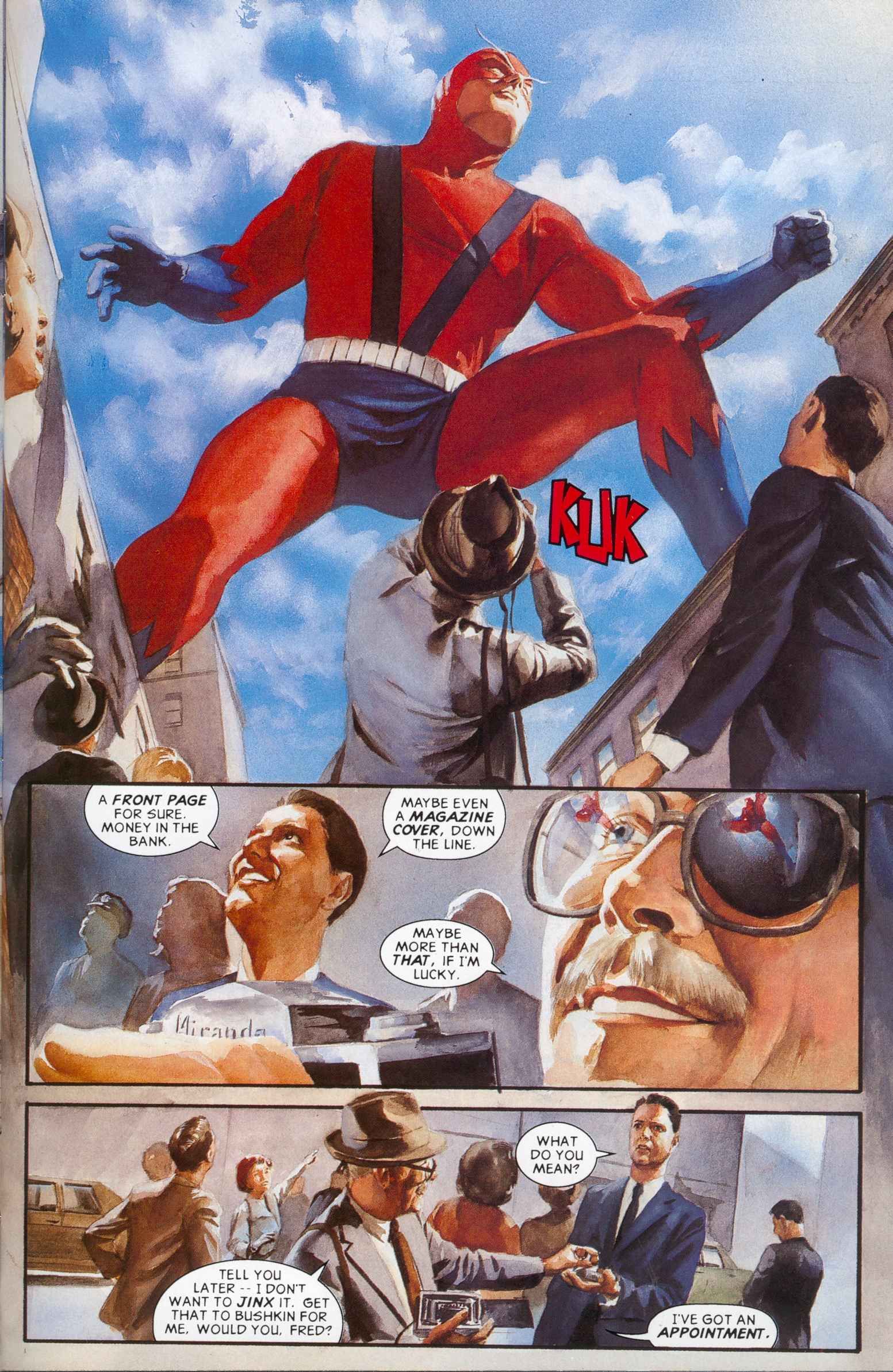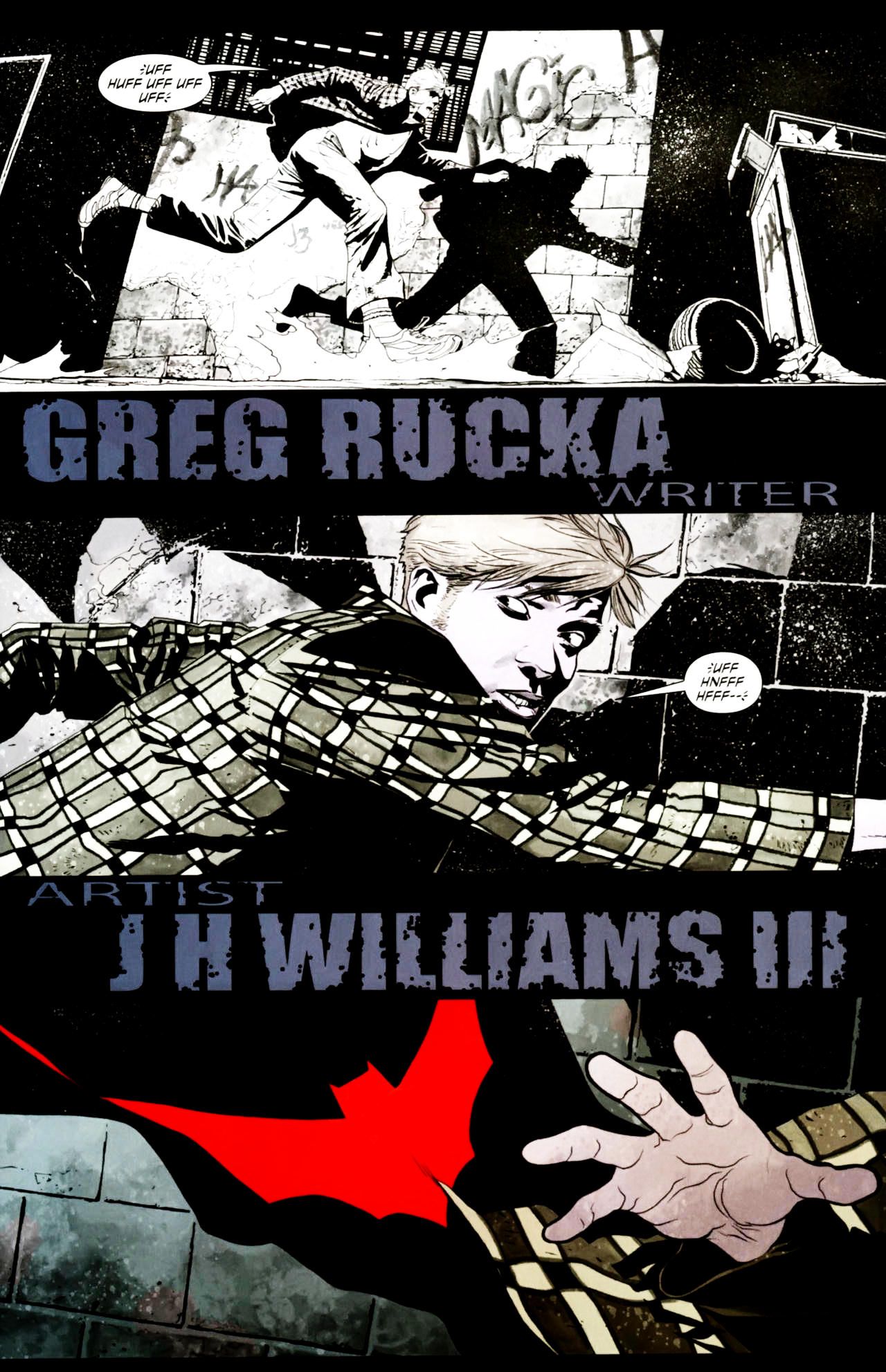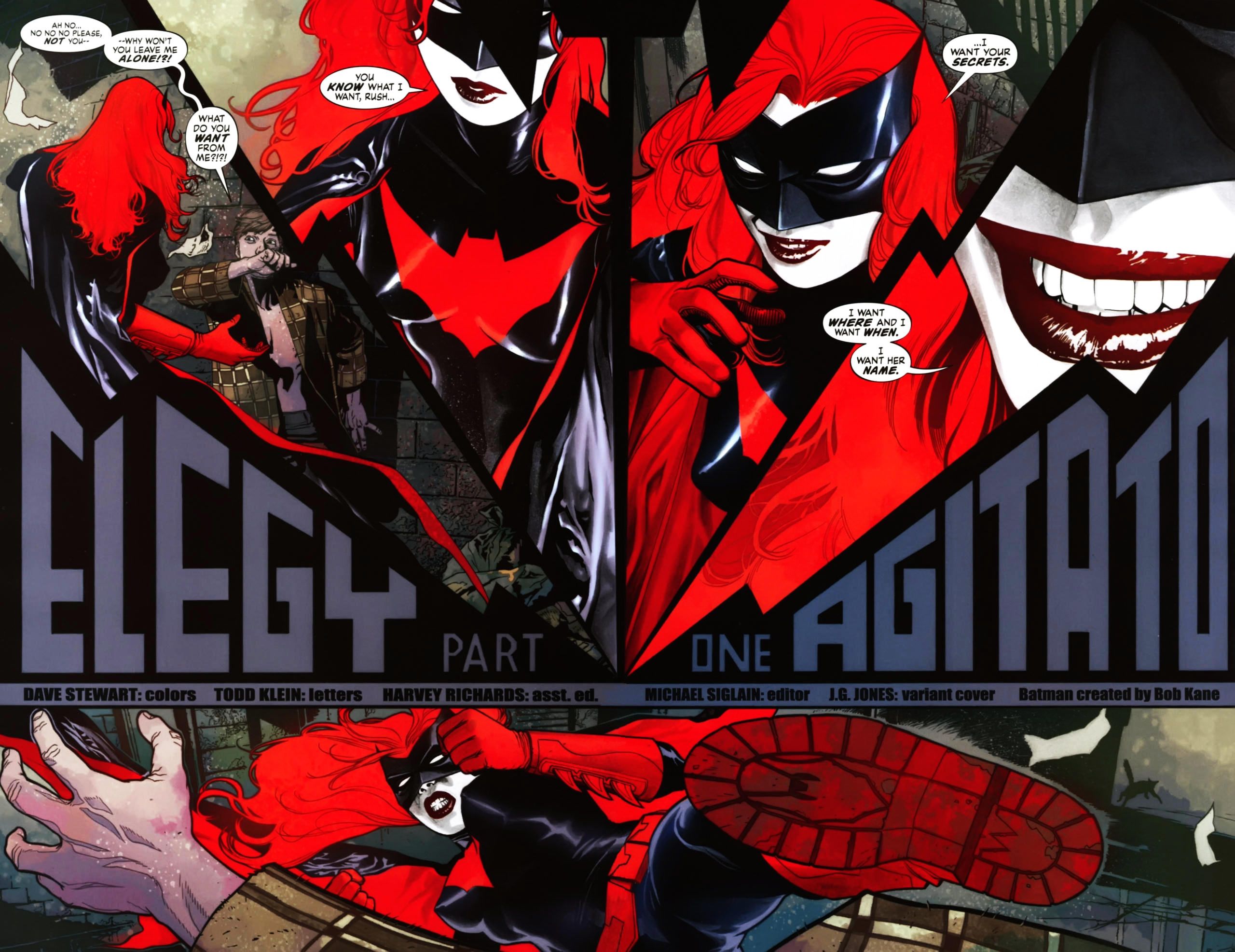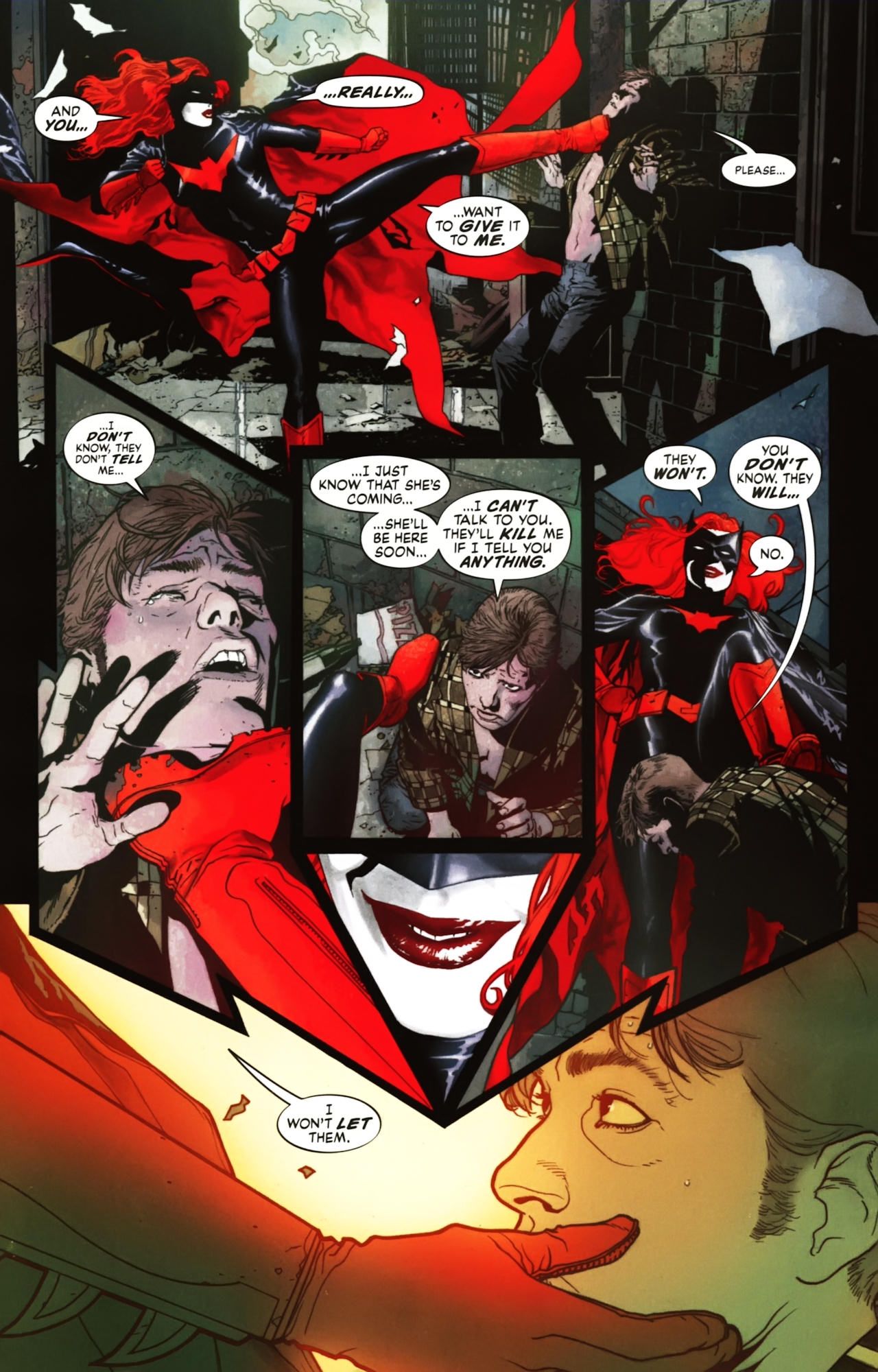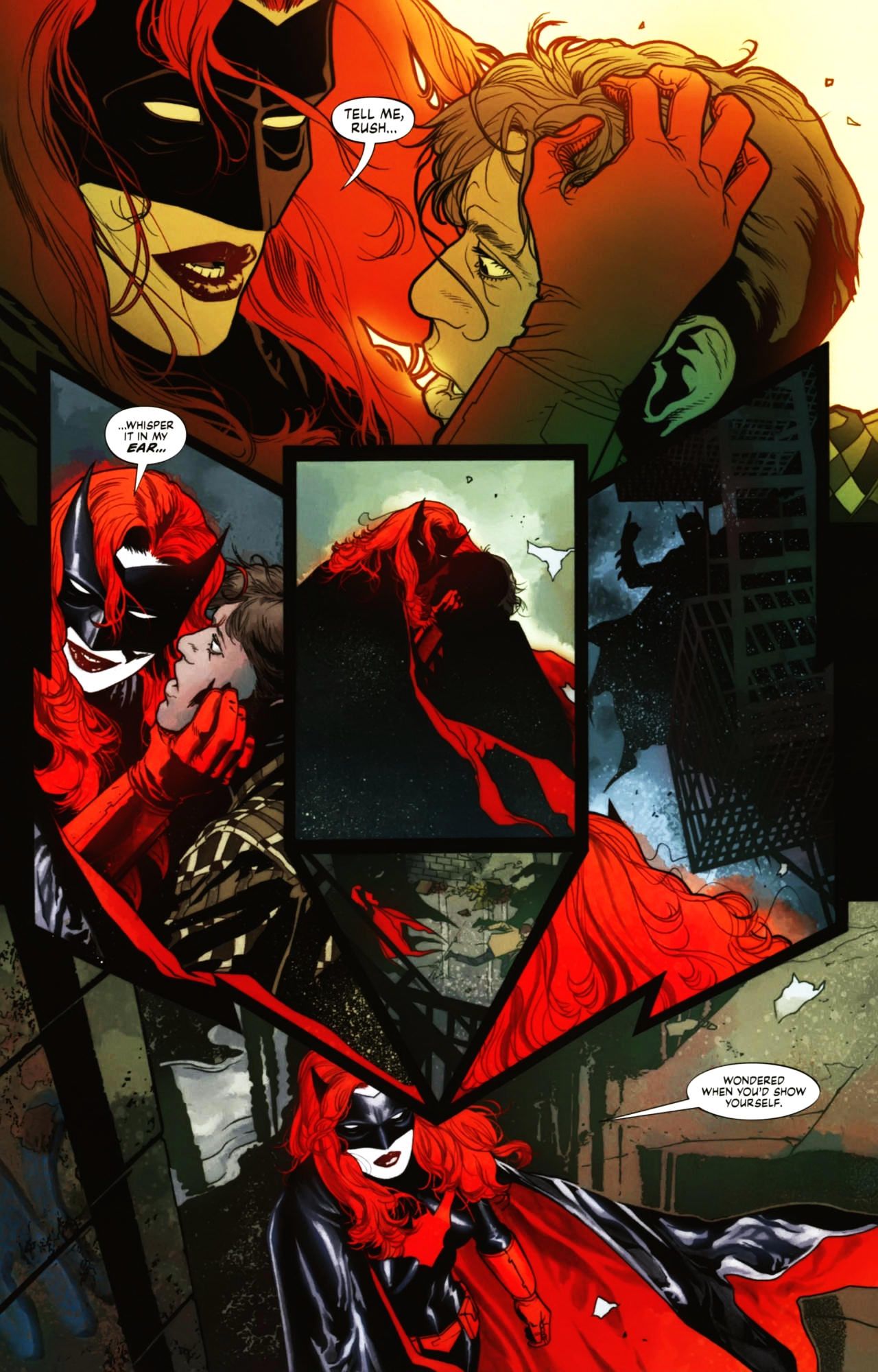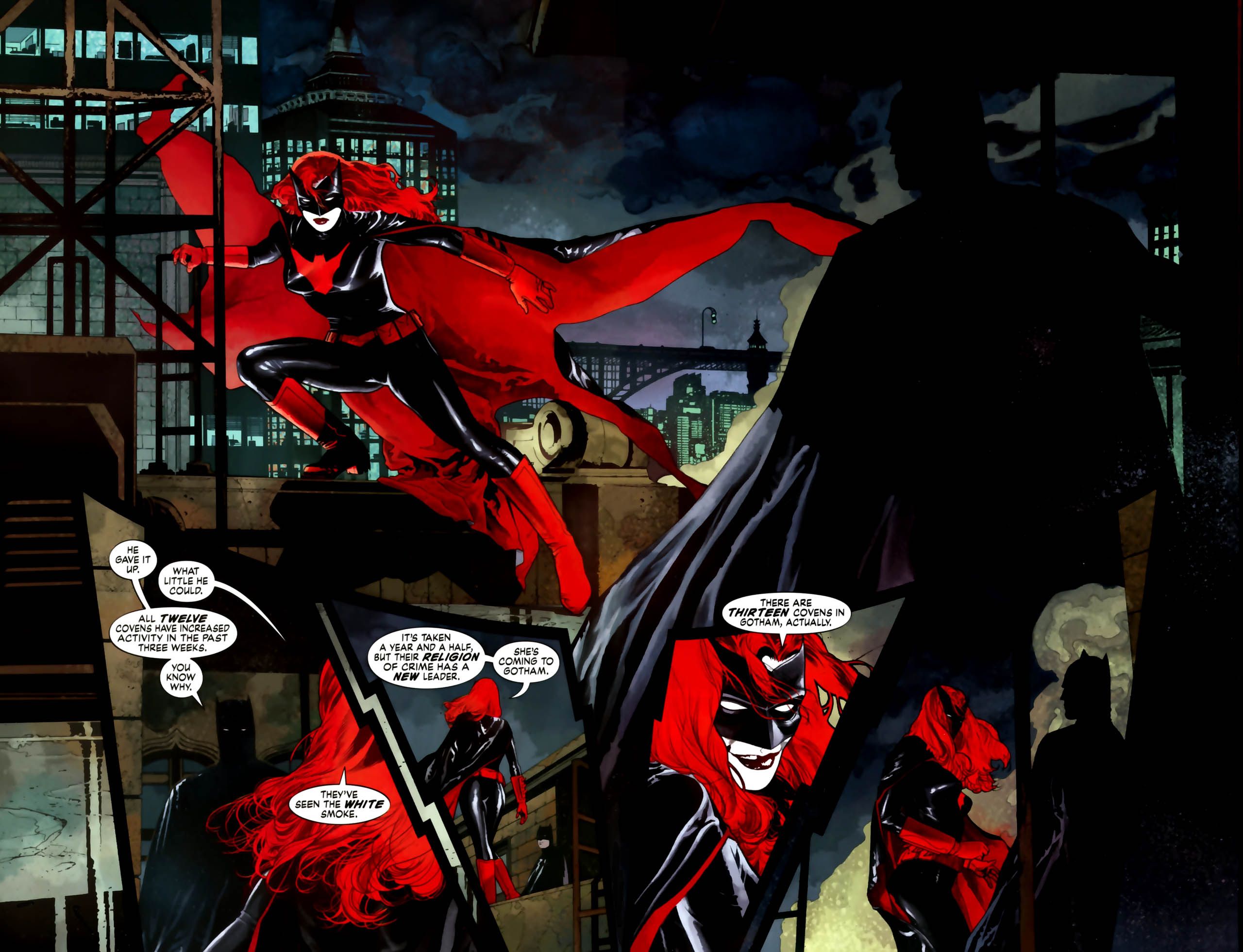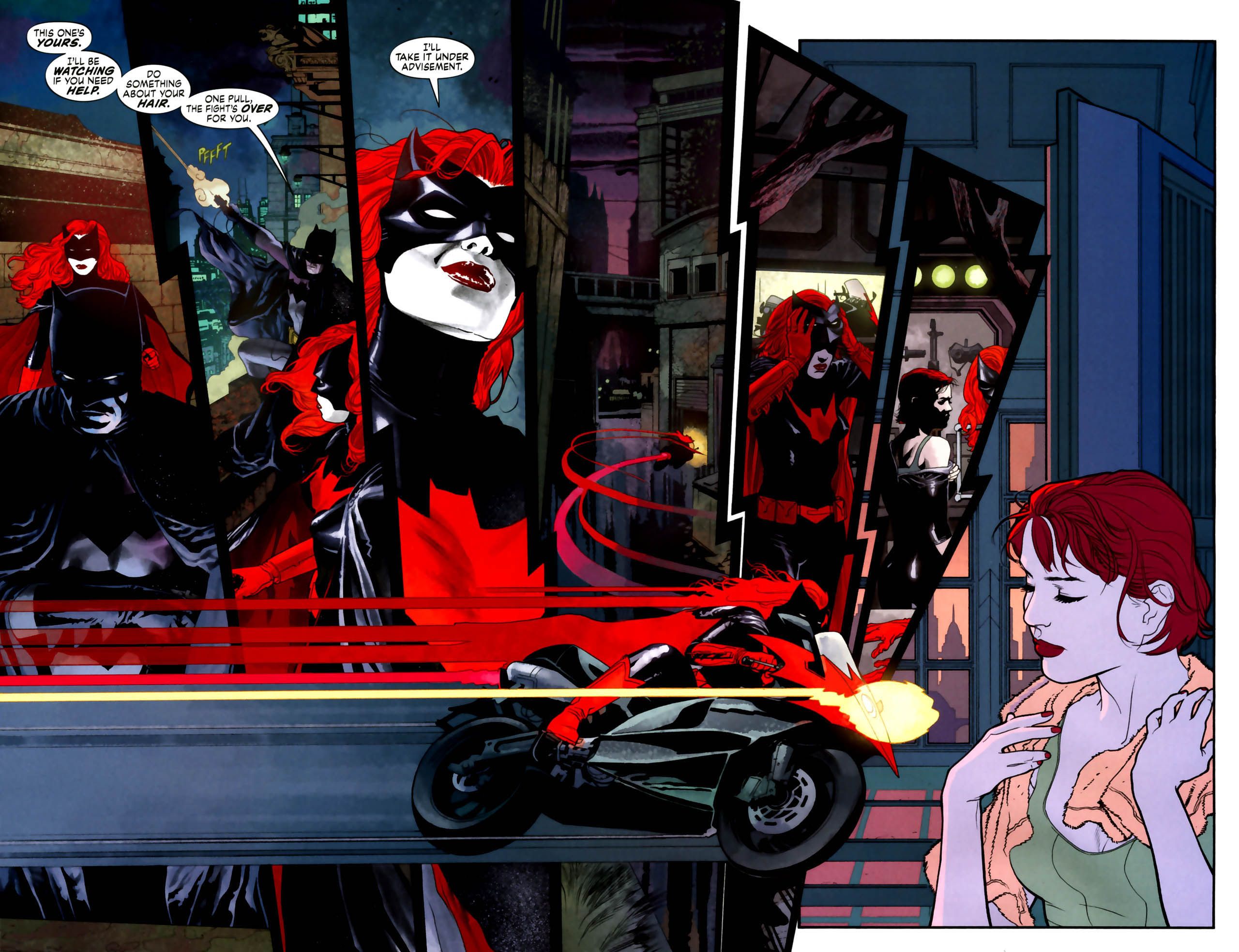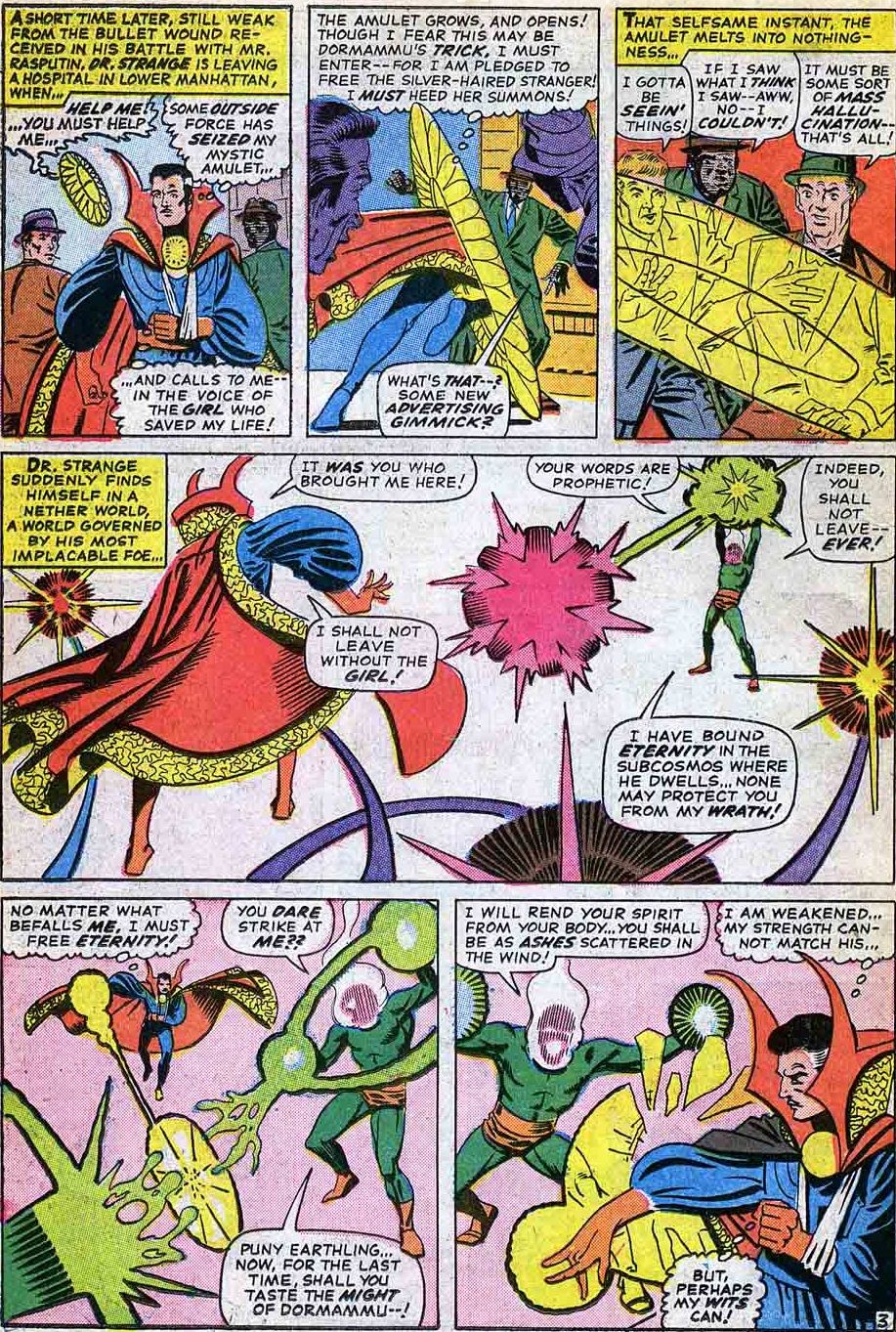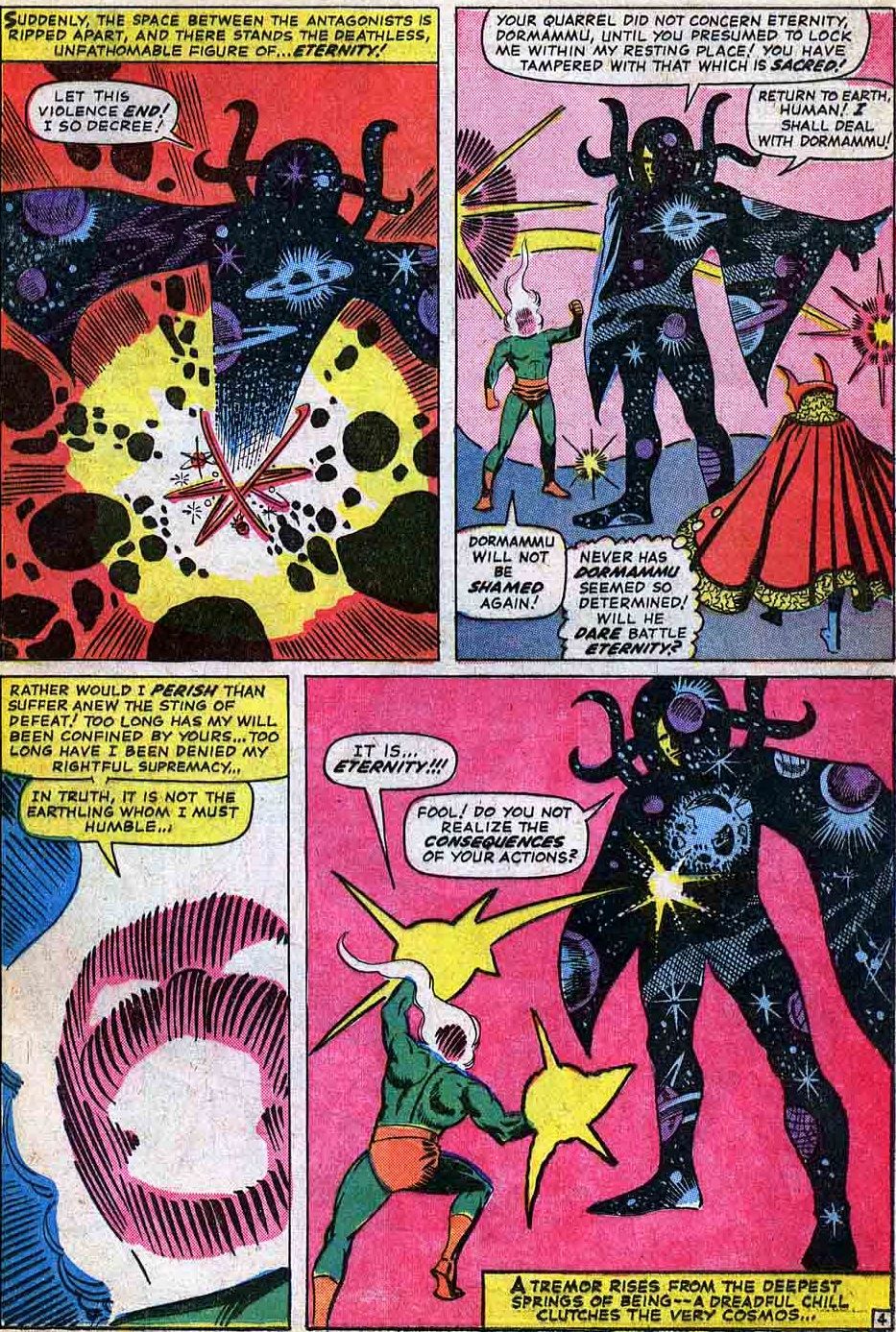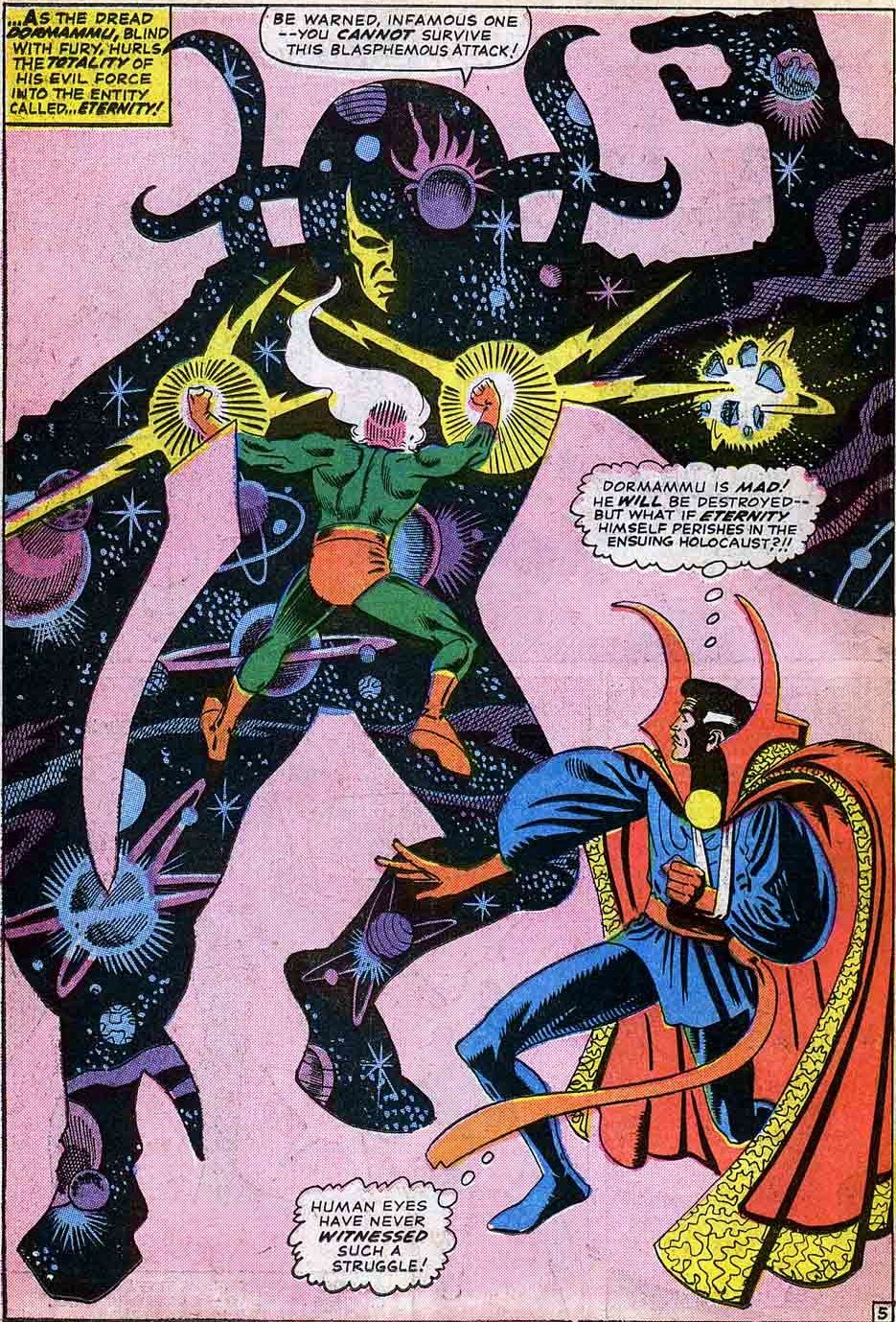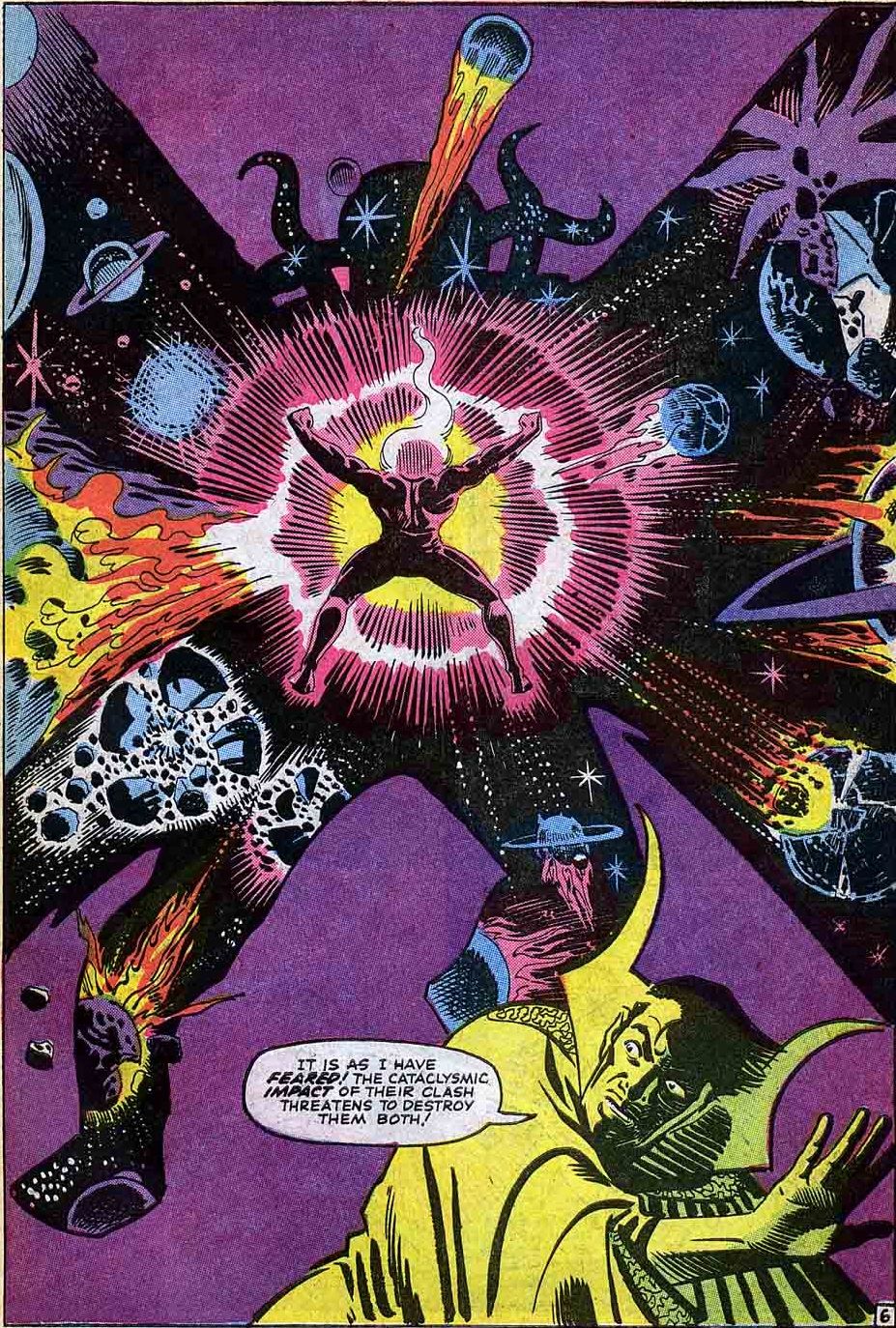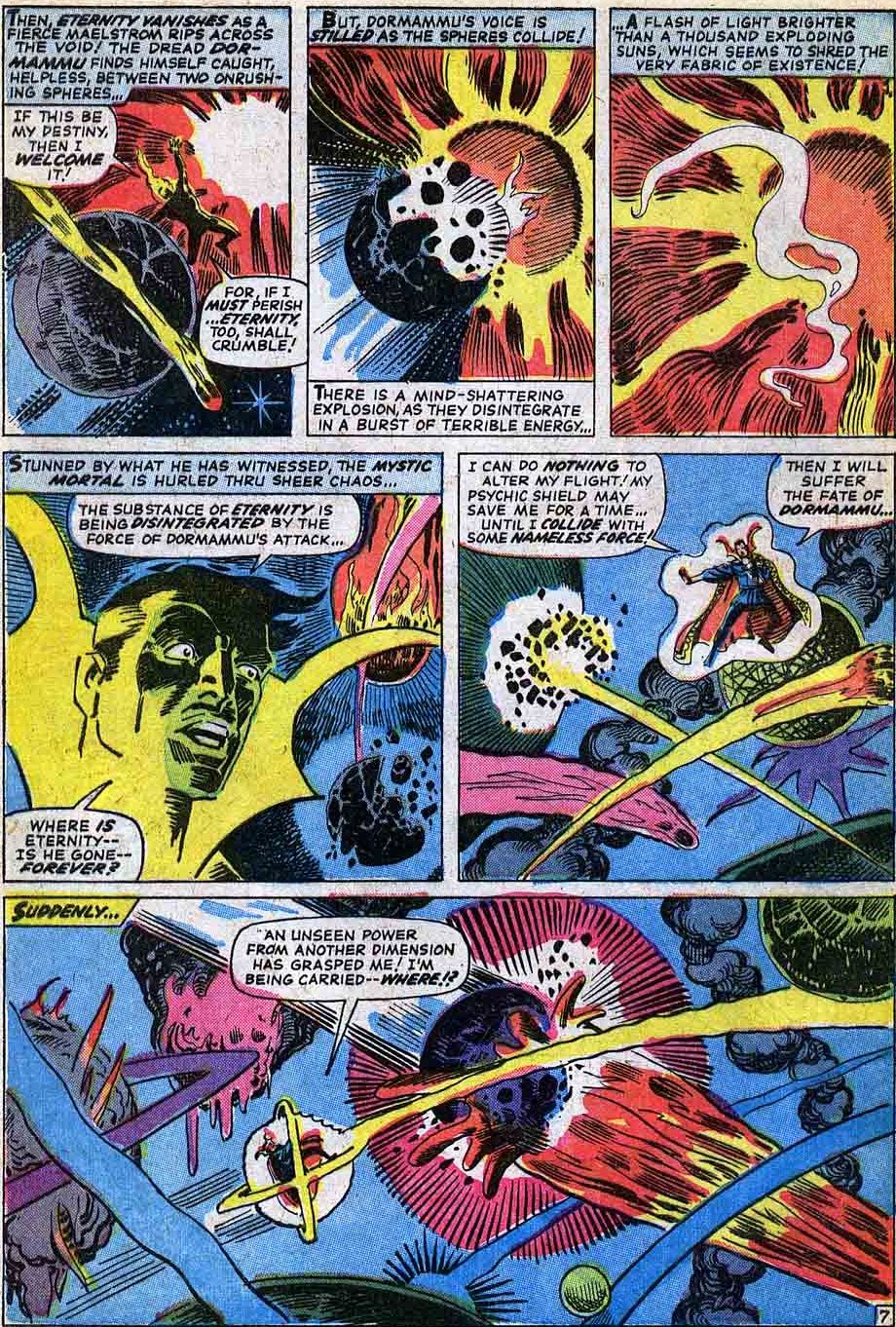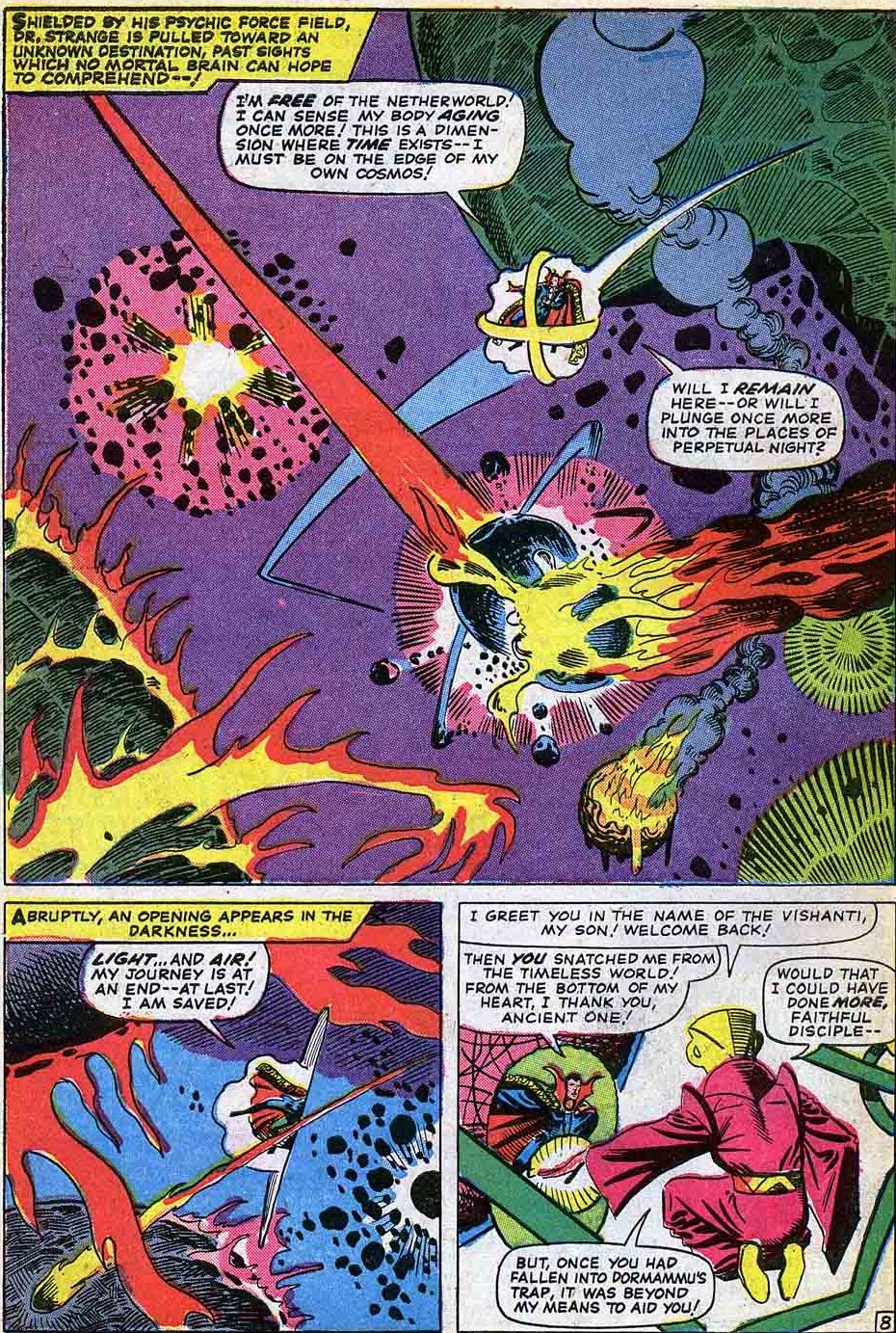Here are the next four artists that you voted as your favorites of all-time (out of roughly 1,040 ballots cast, with 10 points for first place votes, 9 points for second place votes, etc.).
NOTE: Don’t be a jerk about creators in the comments section. If you are not a fan of a particular creator, that’s fine, but be respectful about it. No insulting creators or otherwise being a jerk about creators. I’ll be deleting any comments like that and, depending on how jerky the comment was, banning commenters.
10. Frank Miller - 1109 points (7 first place votes)
Frank Miller broke in at Marvel doing a few different fill-in comics before becoming the regular artist on Daredevil, working with the amazing inker Klaus Janson. Miller revitalized the comic with his dynamic and daring artistic design work. By the end of the series, Miller was only doing layouts/breakdowns and Janson was doing the rest of the artwork.
Miller left Daredevil in the early 1980s and next did a creator-owned series for DC called Ronin, which debuted a slightly more abstract art style, which he carried over to the best-selling and epic Batman: The Dark Knight mini-series (once again working with Janson)
During the 1990s, he drew Sin City for Dark Horse, where he used a new artistic style, inspired by Will Eisner and the usage of shadows and light...
Really powerful stuff.
That's more or less been his art style ever since, although he hasn't drawn a lot of comics in the past few years.
9. Alex Ross - 1159 points (33 first place votes)
After doing a little work for independent companies, Alex Ross became a more or less instant star with his work on the 1993 mini-series Marvels, with Kurt Busiek, and it is no surprise, as his work on the series is just astonishing in its power...
Ross managed to do something that very few painted artists are able to do - he was able to maintain fluidity in his characters. That lack of stiffness is what manages to transform photo-like depictions of heroes (which a goodly amount of painters can do) to practically living, breathing superheroes (which very few painters can do).
Ross followed up Marvel with Kingdom Come, which might have TOPPED Marvels with its depiction of DC in the future. This showed off Ross' brilliant sense of design, which carried over to Earth X, a similar comic for Marvel.
Ross did a number of over-sized one-shots for DC Comics spotlighting Superman, Batman, Captain Marvel and Wonder Woman.
On the series Justice, Ross came up with the idea of him painting another artist's pencils, which worked well. Ross has been mostly doing covers in the last few years, but even there, he has managed to have a significant impact as his covers are typically excellent.
Go to the next page for #8-7...
8. J.H. Williams III - 1193 points (28 first place votes)
J.H. Williams III first worked on a few small comic companies in the early 1990s, then got his first somewhat major project for Milestone Comics, drawing Deathwish (looking at the pages now, you can barely tell it is Williams). The Williams we all know and love developed over a few short stints on various books for DC (paired with inker Mick Gray) before the duo drew the short-lived (but acclaimed) series Chase with writer D. Curtis Johnson.
Then the duo were chosen to work on Alan Moore's Promethea. Williams started off amazing on Promethea, but by the time the series ended, he was on a whole other level and was now pretty much using the style he is currently known for.
Williams drew the bookends of Grant Morrison's Seven Soldiers event and then drew the Batwoman feature on Detective Comics with Greg Rucka, which ultimately led to Williams writing and drawing Batwoman's own ongoing series for a few years.
Look at the stunning opening people had to the first issue of Batwoman's Detective Comics feature...
The design work! The power! The creativity! The fluidity! The storytelling! It's an astonishing piece of work and that's just a typical piece of work by Williams. That's just "everyday" J.H. Williams! That's how amazing he is. We're lucky as all heck that he is still regularly working in comics.
7. Steve Ditko - 1354 points (21 first place votes)
During the early 1960s, there were a few different artists working at Marvel Comics, but really, it was Jack Kirby and it was Steve Ditko. They were routinely taking fairly mundane science fiction and fantasy stories and giving them a lot more panache than they deserved (like our latest Silver Age Christmas story!).
When Stan Lee slowly turned the company into a superhero comic book company again, Kirby and Ditko were given the chance to tell long form stories for the first time in years.
Ditko complied with the design of Spider-Man, one of the greatest superhero designs of all-time. Steve Ditko is one of the all-time great superhero/supervillain designers, coming up with a variety of costumes that are basically used today to the TEE. Spider-Man has had another costume, but really, the blue and the red costume is what he wears in the comics today and in all of the media adaptations (although the new movie is slightly different). And 50 years later, it is still that same Ditko design. Characters like Elektro, Vulture and Mysterio have gone through various looks but they always return to that awesome Ditko design.
Green Goblin, Kraven, Fancy Dan, the list goes on of iconic character looks that Ditko created.
But not only that, Ditko is a brilliant sequential storyteller, able to pack in SO much story into every issue of Amazing Spider-Man. These things are like freaking TOMES! The origin of Spider-Man in Amazing Fantasy is, like, a page and a half (okay, 11 pages) and Ditko makes it feel like it is seven issues long. The same continued in his run on Amazing Spider-Man. He packed SO much story into every issue while never making the panels boring.
Also, he could tell so much just by his art. The classic "lifting machinery" scene from Amazing Spider-Man #33 can be told pretty much solely through the artwork.
Meanwhile, over on Doctor Strange, Ditko was coming up with ideas so stunning and visuals so daring that they were unlike anything ever shown before in a superhero comic book series. Check out this stunning sequence from one of Ditko's last issues on the title...
Back in the day, these were key exhibits in the argument that "comics weren't just for kids!"
Ditko is still working today. He has a Kickstarter up for a new comics project.

